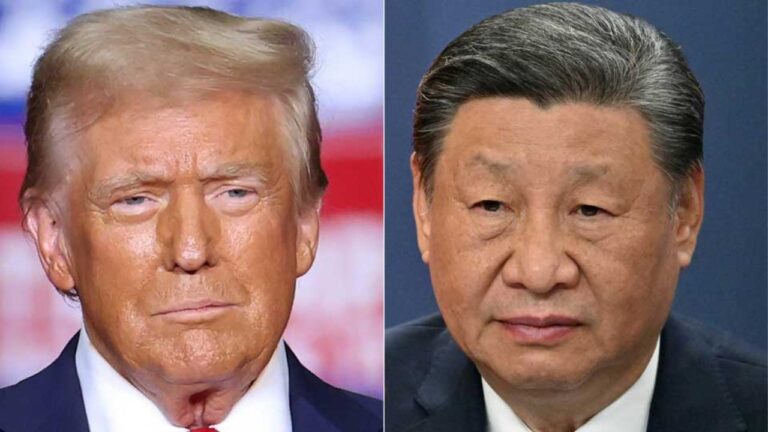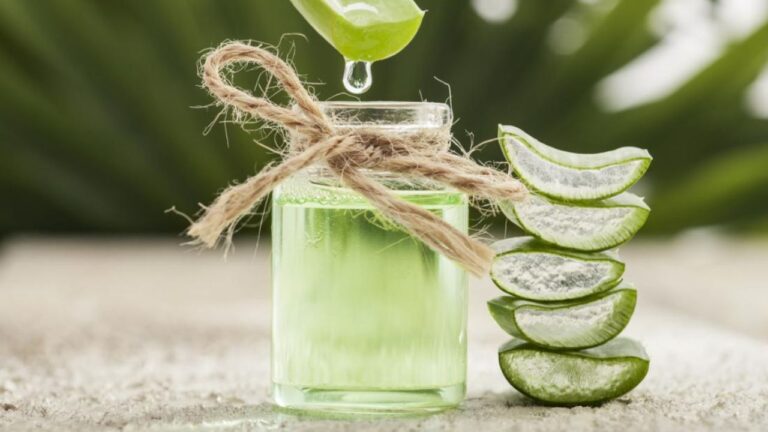In every supermarket across India, aisles gleam with bottles adorned with promises of purity. Labels proclaim “natural,” “herbal,” and “eco-friendly,” their soothing green hues and reassuring language designed to evoke safety and trustworthiness. These products are marketed as the key to a spotless, healthy home, yet their glossy exteriors often mask a less pristine reality.
Beneath the appealing packaging lies a troubling practice known as angel dusting—a marketing tactic where brands add a minuscule, almost negligible amount of a desirable ingredient, such as neem, aloe vera, or other “herbal” extracts, just to feature it on the label. The result is a product that is more performance than practice, with the touted ingredient present in such trace amounts that its benefits are symbolic rather than substantive.
Far from being harmless, this deception carries significant environmental, health, and social consequences, particularly in the Indian context.
Angel dusting is a clever sleight of hand. A cleaning product might boast of containing neem, celebrated in India for its antibacterial properties, or aloe vera, known for its soothing qualities. Yet, in many cases, these ingredients constitute less than 1% of the product’s composition—far too little to deliver any meaningful effect.
The bulk of the formulation often consists of synthetic chemicals, such as surfactants, bleaches, or fragrances, which dominate the product’s function. This practice allows brands to capitalise on consumer trust in natural ingredients while sidestepping the cost of incorporating them in effective quantities. The result is a product that feels virtuous but performs no differently from its fully synthetic counterparts.
For consumers, this creates a false sense of security. Shoppers, often pressed for time in crowded supermarkets, rely on labels to make quick decisions. The green packaging, images of leaves, and buzzwords like “herbal” or “eco-friendly” are designed to appeal to those seeking safer, more sustainable options.
In India, where traditional knowledge of natural remedies like neem and turmeric is deeply ingrained, these claims resonate strongly. Yet, the reality is that many of these products are chemically indistinguishable from conventional cleaners, offering little to no environmental or health benefits.
The consequences of this deception extend far beyond the supermarket aisle. Household cleaning products, even those marketed as “green,” often leave behind residues that infiltrate water systems and soil. Ingredients like triclosan, commonly found in antibacterial soaps and cleaners, are particularly problematic.
Once washed down the drain, triclosan persists in rivers and lakes, where it disrupts aquatic ecosystems by harming fish and other organisms. Studies have shown that triclosan can accumulate in the environment, contributing to antibiotic resistance and altering the balance of microbial communities in water bodies.
Fragrances, another staple of cleaning products, pose their own risks. Many contain phthalates, a group of chemicals linked to hormonal disruptions in humans and animals. These compounds don’t just vanish after use; they linger in the air, contributing to indoor air pollution.
In Indian cities, where outdoor air quality is already a public health crisis, this additional burden is particularly concerning. Homes in urban areas, often poorly ventilated due to space constraints, trap these volatile compounds, exposing residents to prolonged health risks. Ammonia and strong bleaches, commonly found in bathroom and kitchen cleaners, further exacerbate indoor pollution, releasing fumes that can irritate the respiratory system and contribute to conditions like asthma.
The impact of these products is not evenly distributed. In India, the labor of cleaning—whether in households or as paid domestic work—disproportionately falls on women. From homemakers scrubbing floors to domestic workers cleaning multiple homes daily, women are the primary users of these products.
They are the ones inhaling chemical fumes, handling detergents that irritate skin, and scrubbing with solutions sold as safe but laden with silent risks. Prolonged exposure to harsh chemicals can lead to dermatitis, respiratory issues, and other health problems, yet these risks are rarely disclosed on product labels.
The deception of angel dusting compounds this burden. Women, often tasked with purchasing household goods, are targeted by marketing campaigns that play on their desire to provide a clean, healthy environment for their families. The promise of a “natural” or “herbal” product feels like a responsible choice, but the reality is that these products often fail to deliver on their claims. This creates a gendered dynamic where women are made to feel accountable for selecting “better” products, while the true toxicity remains hidden.
The environmental and health impacts of these deceptive practices underscore the need for systemic change. While individual consumer choices can play a role, relying solely on personal responsibility is neither practical nor equitable. Small Indian brands are beginning to offer alternatives, producing plant-based, biodegradable, and refillable cleaning products that live up to their eco-friendly claims.
Some of these brands carry certifications from credible organisations, providing transparency that mainstream products often lack. However, these alternatives remain niche, often priced out of reach for the average consumer. In a country where affordability drives purchasing decisions, expecting widespread adoption of premium eco-friendly products is unrealistic without broader structural support.
This is not a call to abandon cleaning altogether but to rethink what cleanliness means. It is a call to question the promises on the label, to demand transparency from manufacturers, and to push for systems that prioritize health and sustainability over profit. The shine on the bottle is not always the truth. By holding companies accountable and supporting genuine alternatives, we can move toward a future where clean homes do not come at the expense of our rivers, our air, or our bodies.
















